The 2022 Formula One season brings a complete reset of the regulations. These new regulations have been devised with the purpose of producing closer, wheel to wheel racing. This has led to a big change in the aerodynamics and the wheels and tyres. There has also been a change in the fuel requirements, with all Formula One cars to be powered by an E10 fuel. E10 means that 10% of the fuel mx will be sustainably produced ethanol.
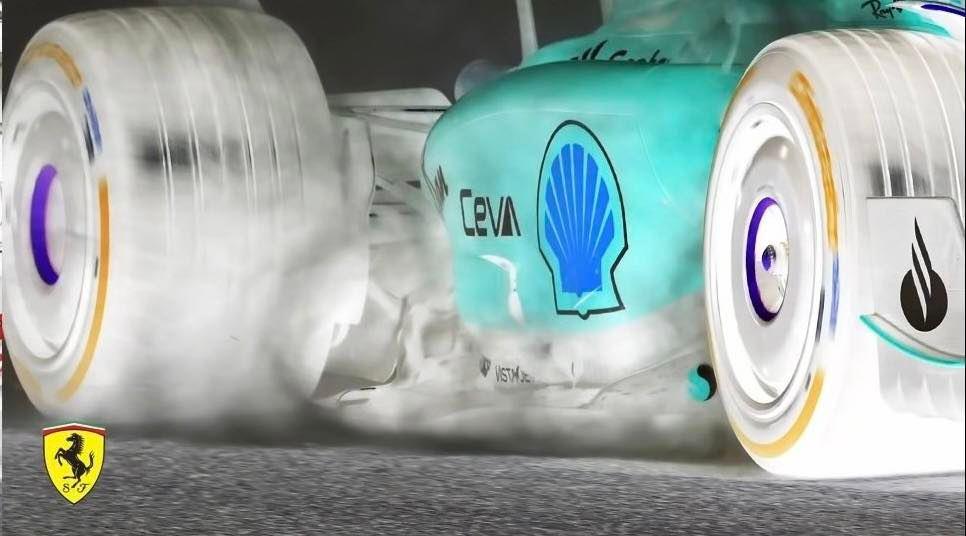
The idea behind the new aerodynamic regulations has been to re-introduce ground effects. The wings look more solid and there’s a “skirt” around the edge of the car. In order to enable a following car to get close enough to the car in front without losing its downforce in the turbulence or “dirty air”, the new aerodynamic regulations force the dirty air upwards. In previous seasons, the dirty air has caused the car behind to lose up to 50% of its downforce, making it unstable. It is hoped that with the new aerodynamic specifications, this turbulence with be directed upwards so that it disperses over the top of a following car, making a sort of air tunnel, that enables the following car to get up close and personal with the car in front!
The new ground effect regulations let the teams design the floor of the car with two tunnels that generate the downforce. Originally ground effects were pioneered in the 1970s and 80s, most notably the infamous “Fan Car”, the Brabham BT46, that won on its debut at the 1978 Swedish Grand Prix. The car was ruled legal but was withdrawn by Brabham for political reasons. Ground effect cars were eventually outlawed on safety grounds.
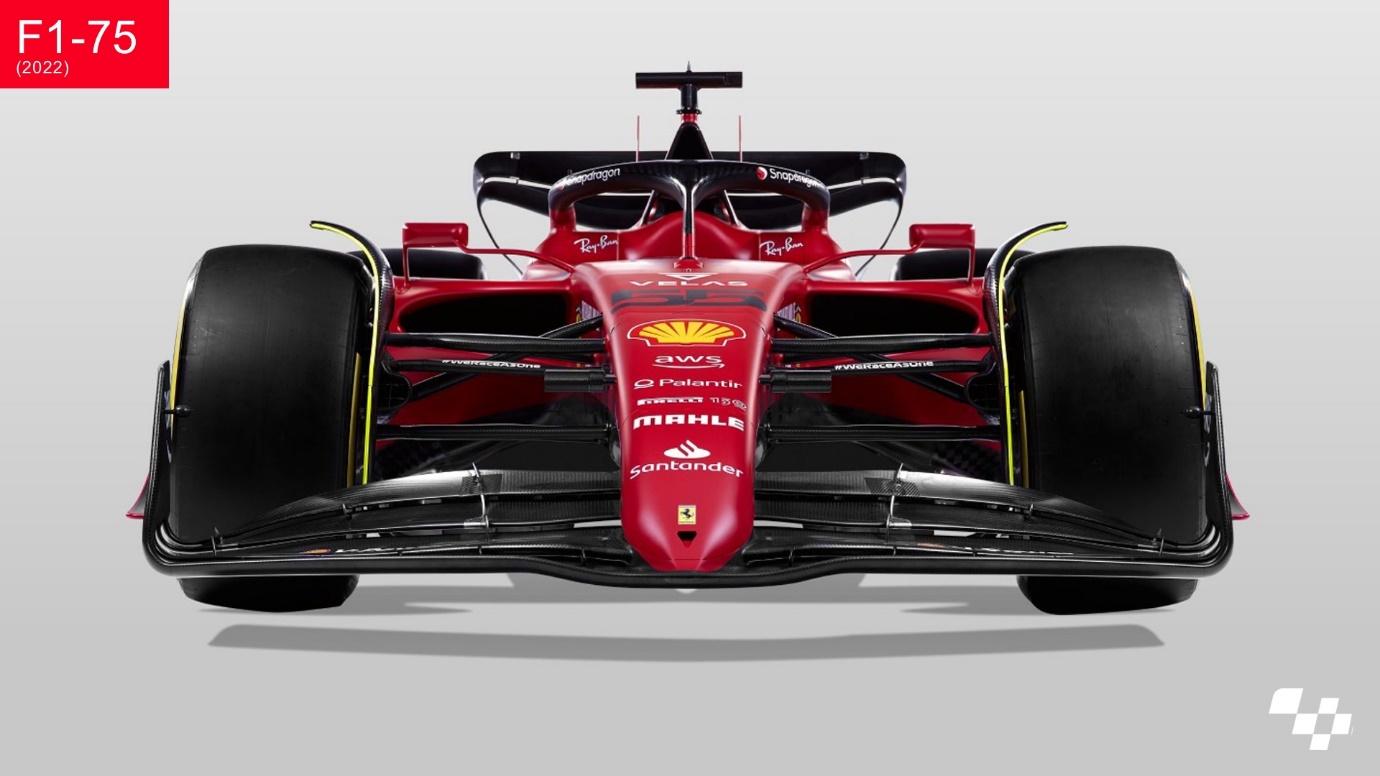
Another radical change is the introduction of 18” low profile tyres with wheel winglets. Apart from the stated desire for a more aesthetically pleasing look (which is a matter of opinion) the tyres are designed to reduce the amount of overheating and giving the tyres a wider window of maximum performance. The rather startling winglets are there to control the wake coming off the front tyres and direct it away from the rear wing. Another blast from the past is the return of wheel covers that are expected direct the air flow through the wheels to create downforce.
Ferrari have launched the F1-75, so named to commemorate and celebrate the 75th anniversary of Ferrari cars.
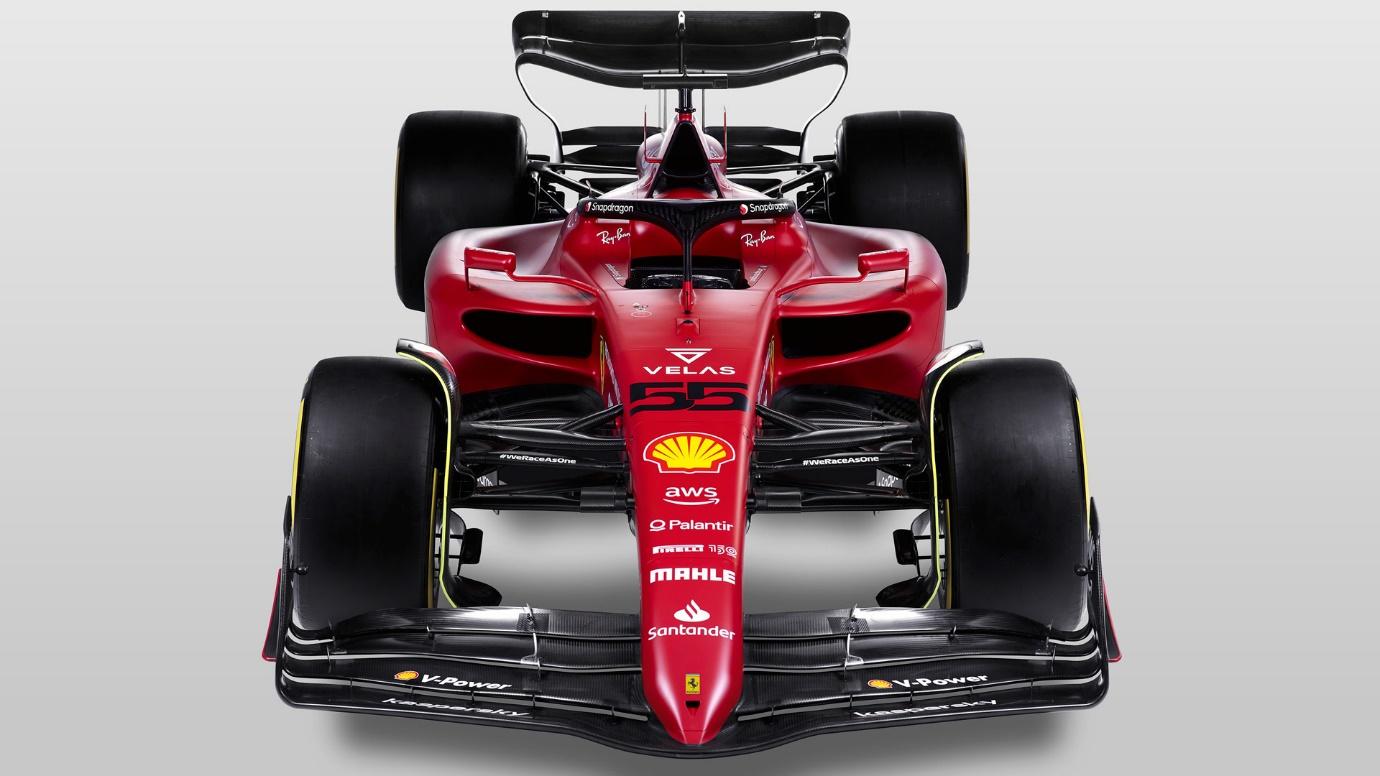
Mattia Binotto has revamped his team and taken a radical approach to designing the new Formula One car. The results is a car that looks like it will do full justice to its heritage. From the deep red colour to the elegant lines, the F1-75 is a beautiful car. It looks like a proper Formula One car and, more to the point, a proper Ferrari. It looks like an instant classic.
Ferrari stated that they have reviewed every part of the power unit. The 1600cc V6 engine with 15000 maximum RPM combines with the hybrid ERS system. The lithium-ion battery has a maximum capacity of 4 MJ and MGU-K maximum power of 120Kw. In the recent tests at Barcelona and Bahrain, the F1-75 appears to have run consistently without any major public issues, indicating a reliable package.
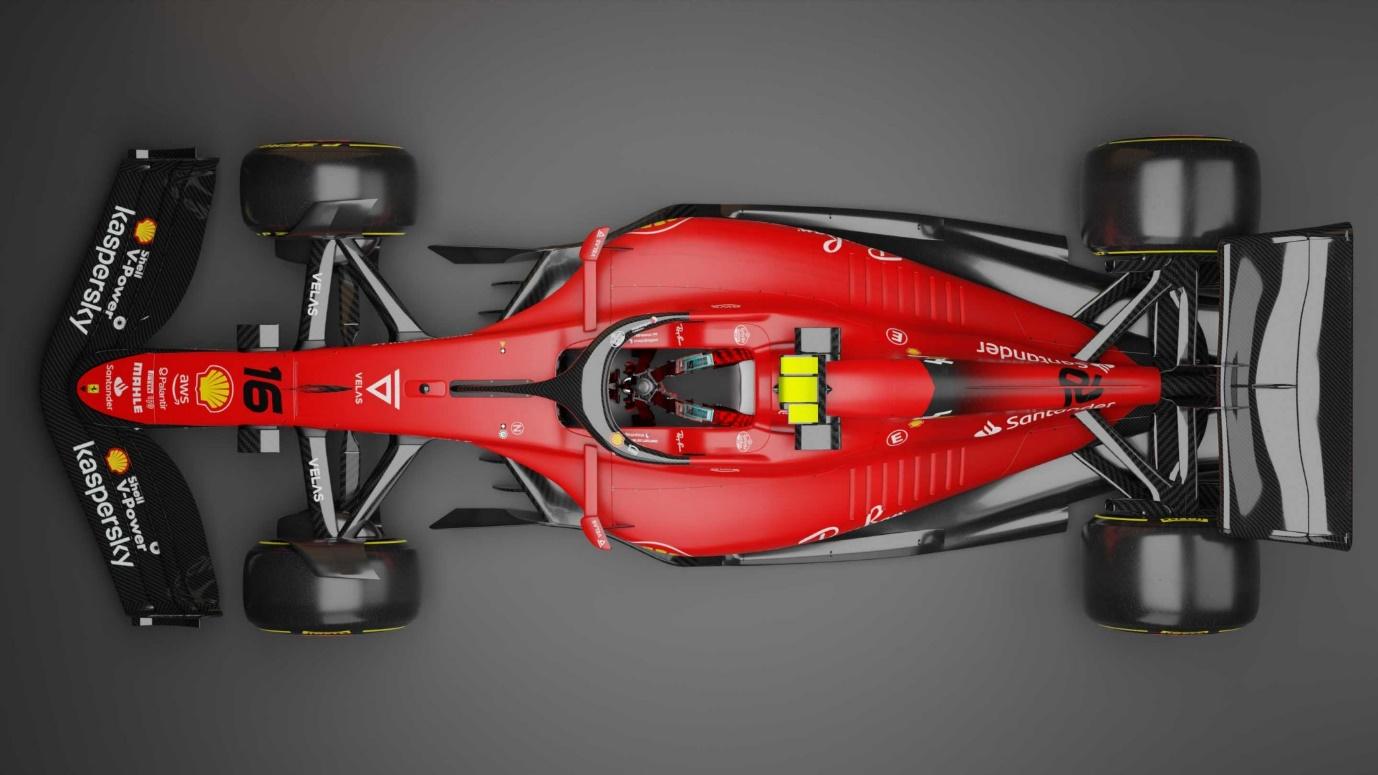
One problem that emerged, not only with Ferrari, but with all of the Formula One cars, was the unfortunate “porpoising”. This was a result of the ground effects which had not shown up in wind tunnel testing or simulators. Essentially the cars start bouncing up and down on long straights. Not only must this be desperately uncomfortably and distracting for the drivers, but it also does nothing for Formula One’s image as the premier motorsport class. By the Bahrain tests, fixes were in the works and Ferrari did look like one of the teams that were making progress with this. If this is a persistent problem, this could lead to issues with reliability over the course of a season as the cars were not designed to bounce.

It has to be said, however, that the pre-season tests have shown the F1-75 to be a reliable race car that consistently posts times at the top end of the timing charts. Whilst perhaps not the fastest over a single lap, the Ferrari race pace was encouraging.
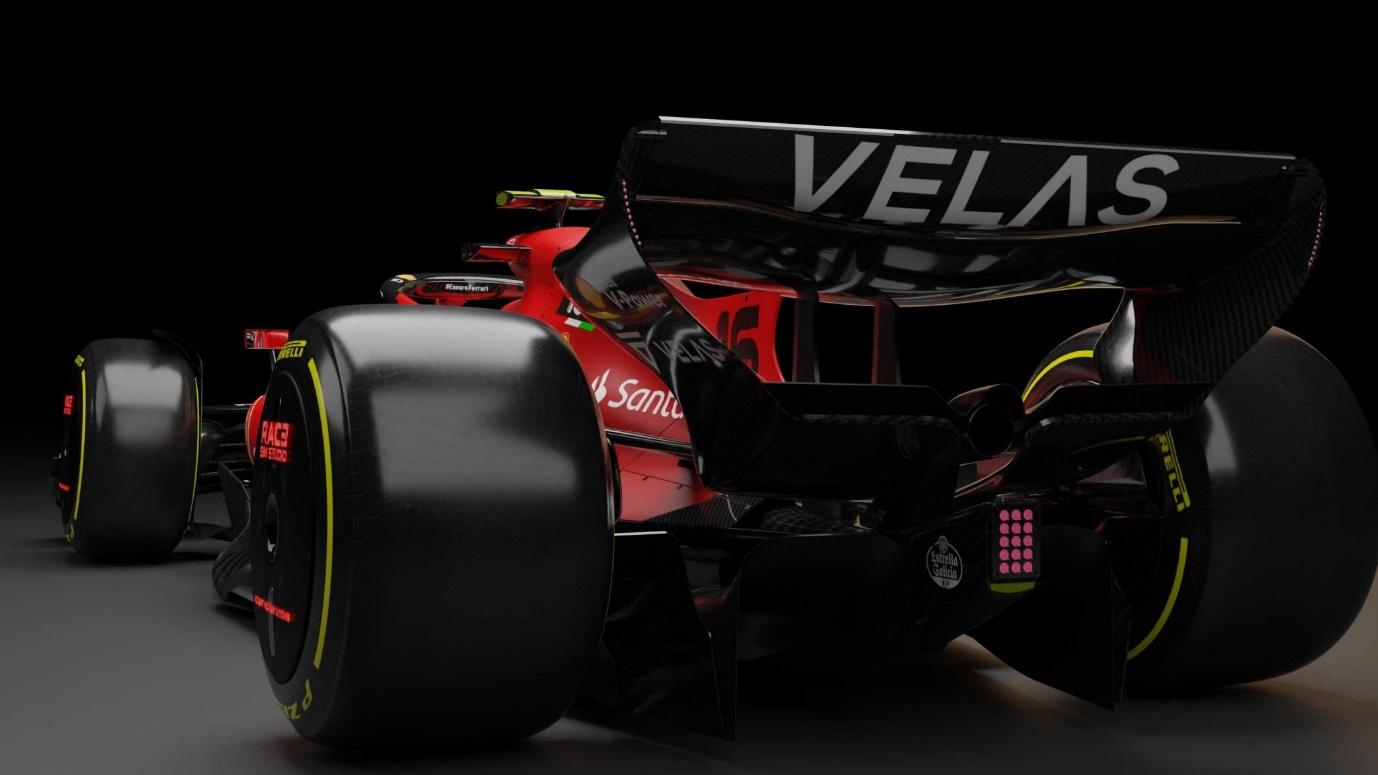
Prior to the pre-season test in Barcelona, Ferrari had set up a private test with a previous car to bring their race team up to date with their systems and procedures and to give the drivers the opportunity to be race sharp from day one of the official tests. This was smart thinking and it clearly showed results. Ferrari have completed the two test sessions free of drama. Sainz and Leclerc completed 349 laps between them in Bahrain and the Ferrari was at or near the top of the timing sheets of every session.
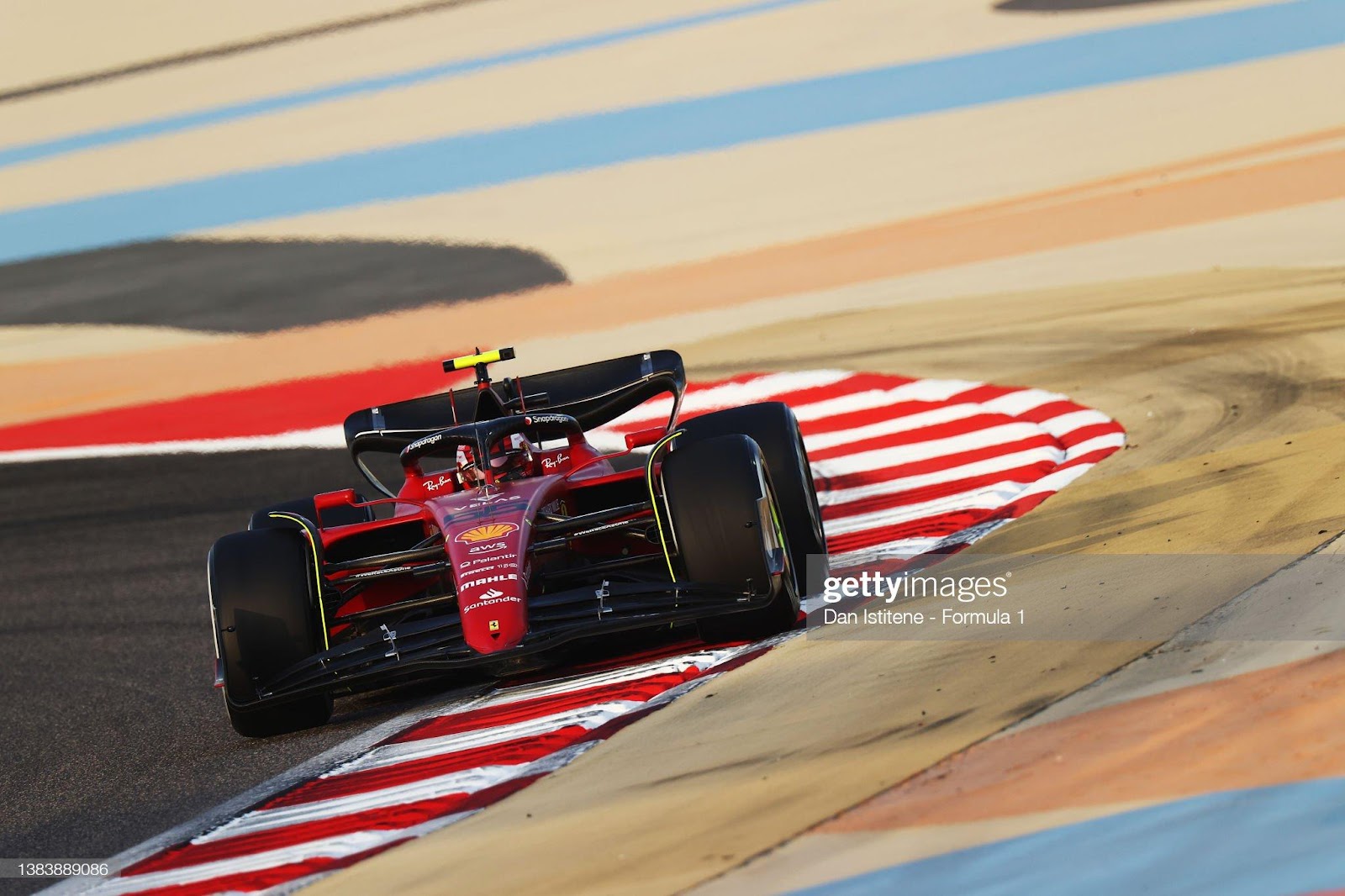
Carlos Sainz driving the Ferrari F1-75 on track during Day One of F1 Testing at Bahrain International Circuit on March 10, 2022. Photo by Dan Istitene - Formula 1/Formula 1 via Getty Images.
The true pace of each car won’t really be known until the chequered flag falls at the end of the first grand prix. Ferrari, however, have every right to approach this season with quiet optimism. After all of the hysteria about Binotto’s inability to turn Ferrari around in five minutes, he has quietly gone about his work and revamped the whole team. It shows.
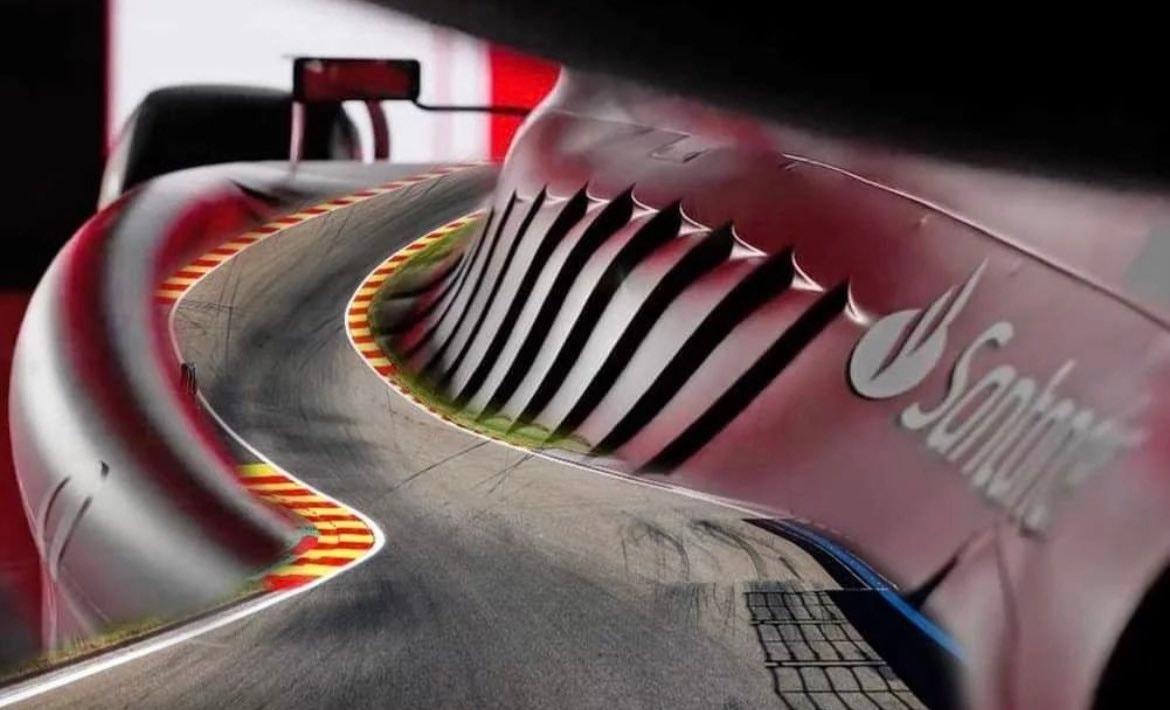
He has produced a radical, beautiful Ferrari that takes your breath away. Let’s hope it’s fast!
By Clare Topic
Videos



Comments
Authorize to comment